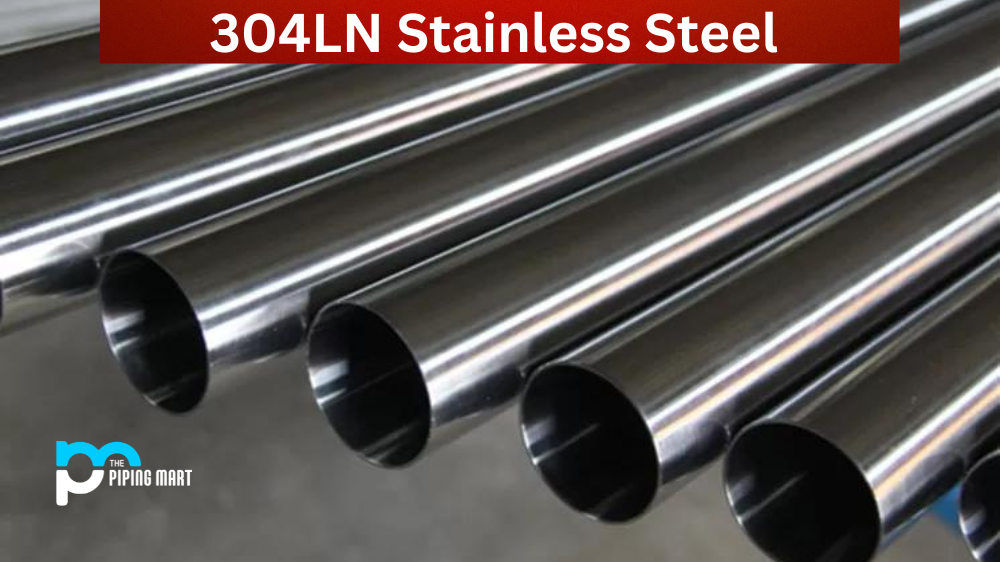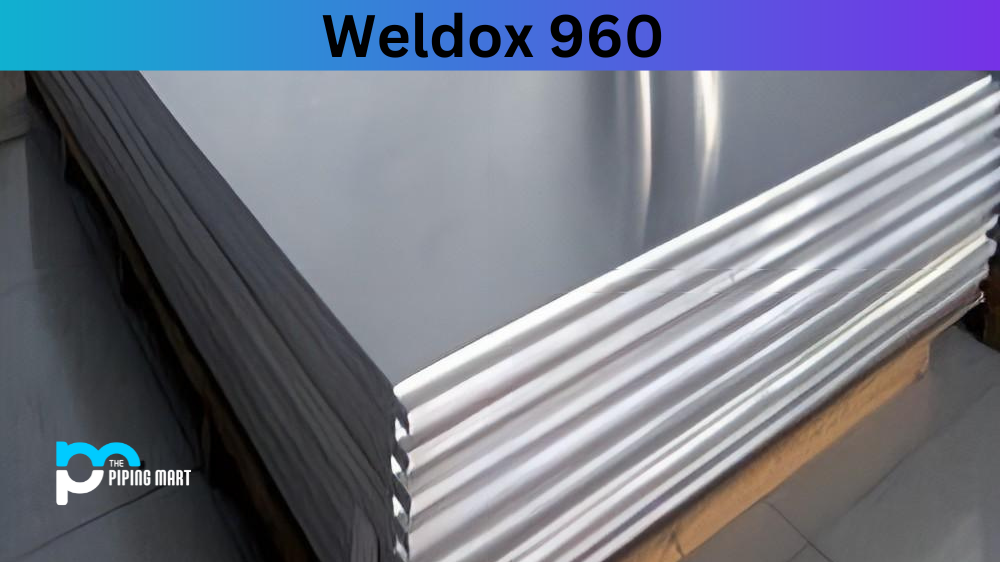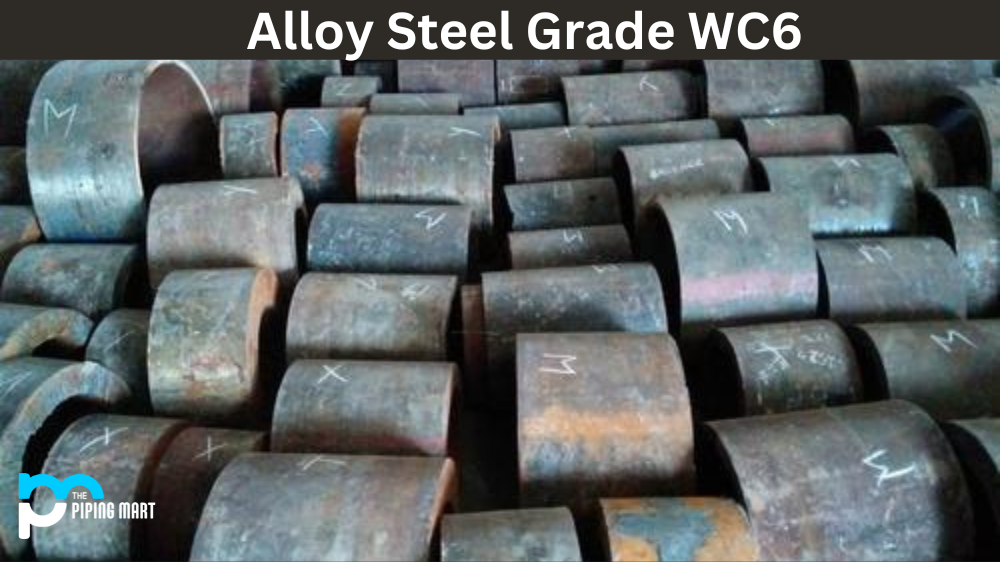304LN ss is a popular material used in many industries due to its corrosion-resistant properties and ability to withstand extreme temperatures. But what exactly is 304LN stainless steel, and how does it differ from other types of stainless steel? In this article, we explore the composition, physical and mechanical properties, and applications of 304LN stainless steel.
AISI 304LN Composition
UNS S30453 is an austenitic alloy made up of chromium, nickel, manganese, silicon, phosphorus, sulfur and nitrogen. It has a low carbon content compared to other grades of stainless steel, which makes it ideal for use in cryogenic applications or for welding components exposed to corrosive environments.
| Element | Content (%) |
|---|---|
| Chromium, Cr | 18-20 |
| Nickel, Ni | 8-12 |
| Manganese, Mn | 2 max |
| Silicon, Si | 1 max |
| Nitrogen, N | 0.1-0.16 |
| Phosphorous, P | 0.045 max |
| Carbon, C | 0.03 max |
| Sulfur, S | 0.03 max |
| Iron, Fe | Remainder |
AISI 304LN Physical Properties
SS 304LN has excellent resistance to pitting and crevice corrosion, as well as good oxidation resistance at elevated temperatures. It also has good formability and ductility, making it easy to work with. Additionally, the low carbon content ensures that the finished product will be free from intergranular corrosion.
| Density | Modulus of elasticity | Thermal exp. at 100 °C | Thermal conductivity | Thermal capacity | Electrical resistance | Magnetizable |
|---|---|---|---|---|---|---|
| kg/dm3 | GPa | 10-6/°C | W/m°C | J/kg°C | µΩm | |
| 7.9 | 200 | 16.0 | 15 | 500 | 0.73 | No* |
AISI 304LN Mechanical Properties
The mechanical properties of grade 304LN are similar to those of other austenitic stainless steels like Type 316. Its tensile strength ranges between 485MPa (70ksi) and 650MPa (93ksi), while its yield strength can range anywhere between 175MPa (25ksi) and 345MPa (50ksi). Its elongation levels are usually around 40% when tested at room temperature but can go up if the testing environment is hot enough or if the part being tested has undergone heat treatment. Furthermore, its thermal expansion coefficient is 13 x 10-6/K which makes it suitable for use in high-temperature applications such as boilers or exhaust systems.
| Properties | Metric | Imperial |
|---|---|---|
| Tensile strength | 515 MPa | 74694 psi |
| Yield strength | 205 MPa | 29732 psi |
| Elongation at break (in 50 mm) | 40% | 40% |
| Hardness, Brinell | 217 | 217 |
| Hardness, Rockwell B | 95 | 95 |
AISI 304LN Equivalent
| ASTM A182 | ASTM A213 | ASTM A269 | ASTM A312 | ASTM A376 |
| ASTM A240 | ASTM A249 | ASTM A276 | ASTM A336 | ASTM A403 |
| ASTM A193 (B8LN, B8LNA) | ASTM A194 (8LN, 8LNA) | ASTM A320 (B8LN, B8LNA) | ASTM A479 | ASTM A666 |
| ASTM A688
|
ASTM A813
|
ASTM A814
|
DIN 1.4311
|
AISI 304LN Uses
Due to alloy 304ln’s excellent mechanical properties, such as good ductility combined with its resistance to corrosion, 304LN stainless steel can be used in many different industries, including petrochemical plants, power plants and food processing facilities. It’s also used extensively in marine environments because it’s highly resistant to chloride stress cracking caused by saltwater exposure. Other common uses include medical equipment due to its non-magnetic nature as well as transportation equipment such as railway carriages, where weight reduction is critical without compromising on strength or durability.
Conclusion
In conclusion, there’s no denying that 304LN stainless steel is a versatile alloy that can be used for a variety of applications due to its excellent physical and mechanical properties combined with its superior corrosion resistance capabilities. It’s an ideal choice for anyone looking for a durable material that can withstand extreme temperatures while still providing superior performance over time—making it perfect for industrial projects where reliability is essential! Whether you need a material that won’t corrode quickly or one that offers superior strength without added weight, then 304LN stainless steel might just be what you need!

Pipingmart is a B2B portal that specializes in metal, industrial and piping items. Additionally, we share the latest information and information about materials, products and various types of grades to assist businesses that are involved in this business.




